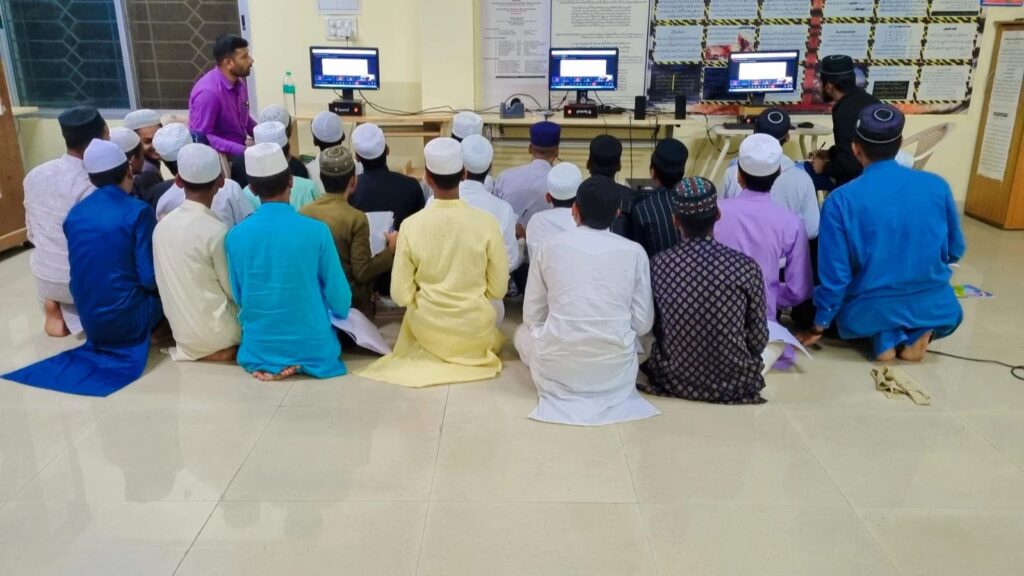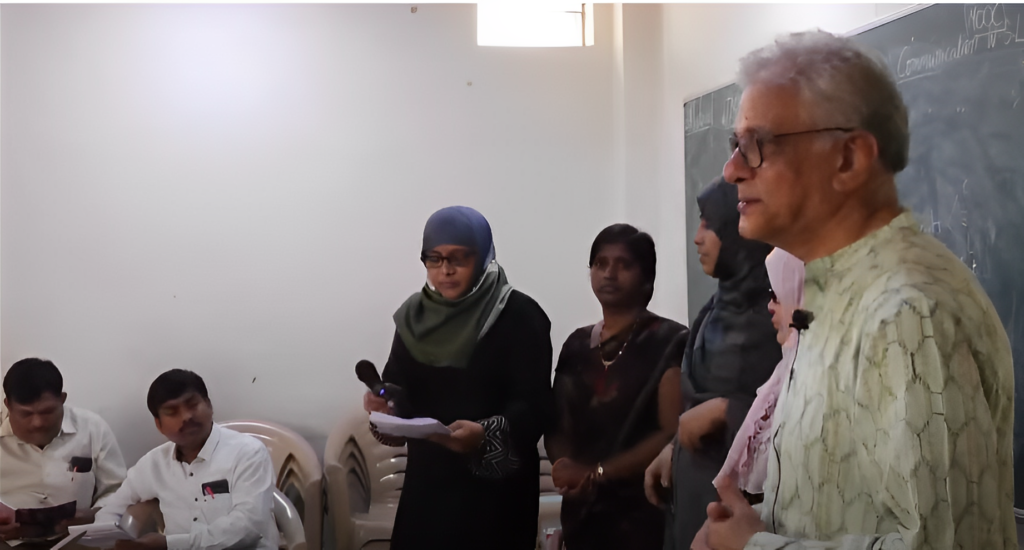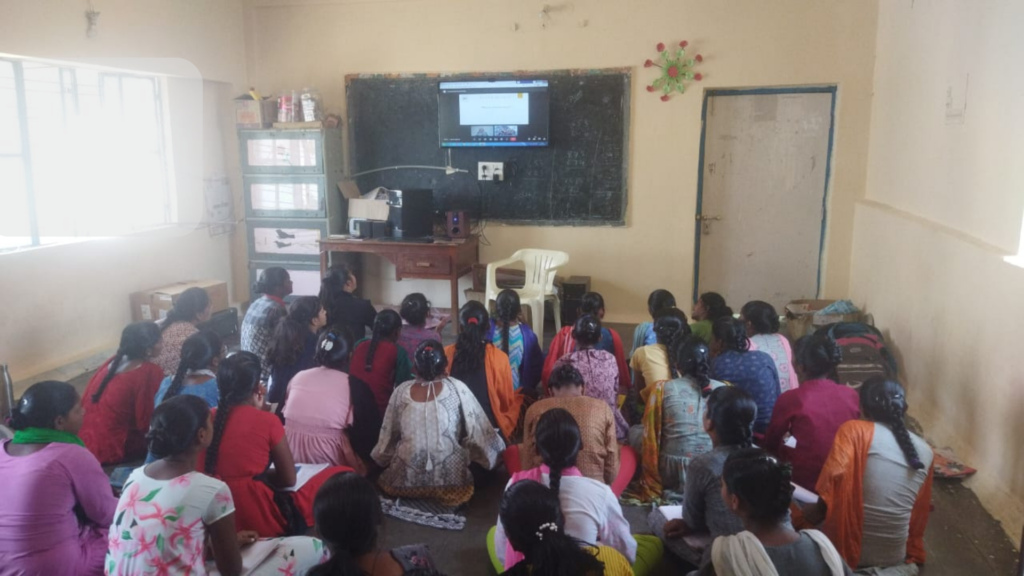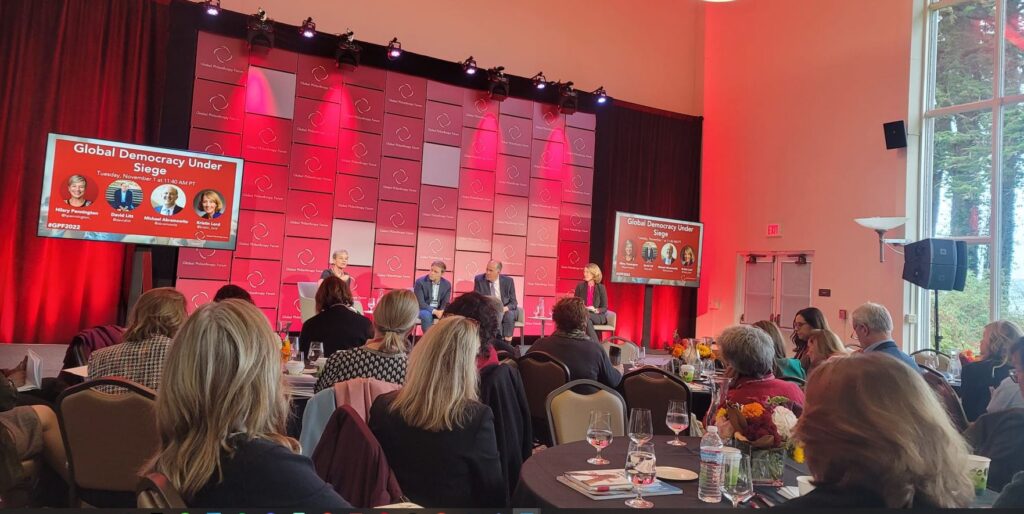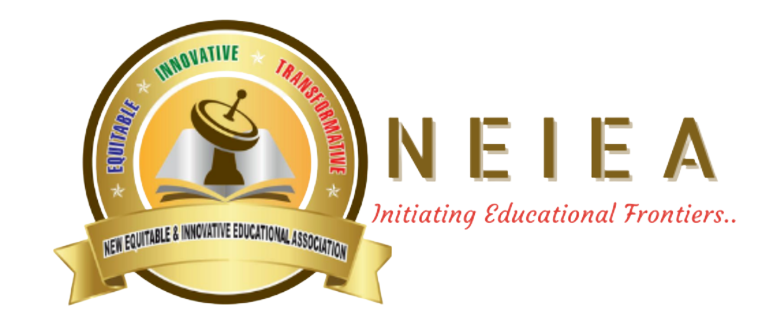
Full 1
Our Paradigm

Our Paradigm
The NEIEA paradigm is a four-cluster model that works as follows:
- Policy Making and Steering Body
- This cluster builds the policy in consultation with national and global advisors, universities, and educational associations.
- They follow government-mandated recommendations and communicate with education ministry officials at the state and central levels.
- Lead Education Center
- This center builds lessons in English, math, science, and other subjects using Discourse Oriented Pedagogy (DOP).
- The lessons are crafted for online delivery and are constructed by a team of pedagogists, subject experts, technologists, and mentor teachers.
- The mentor teachers are trained to deliver the lessons online to students.
- Each subject caters to four levels as formulated by the New Education Policy of India:
- Lower primary level (age 6 to 10)
- Upper primary level (age 11 and 12)
- High school level (age 13 to 15)
- Higher secondary level (age 17 and 18)
- Partner School/College Management
- These are established credible educational institutions that share the vision and objectives of NEIEA.
- They choose the segment of education that they would like to work in, such as:
- Low-quality schools teaching in urban and rural areas
- Girl’s education
- Madrasa education
- Vocational and technical education
- Out-of-school (drop-out) education
- Special education
- Adult education
- Recipient Educational Centers
- These are centers that lack good quality education and are interested in building their educational strength.
- A collaborative revenue-sharing agreement is agreed on between NEIEA and the joint partner.
- The lead center will establish infrastructure for the delivery of lessons from its center, as well as establish infrastructure at the recipient center to access the learning.
- Each lead center will provide learning to hundreds of recipient centers at one time using technology.
- This will ensure quality in learning at the recipient center as high-quality lessons are delivered to the students by mentor teachers from the lead center.
- The lead center will also provide the recipient centers with educational materials, train their teachers, and help management efficiently run the system through rigorous monitoring of student and teacher performance.
This model creates a massive new means of educational advancement by providing high-quality education to marginalized and underserved communities.
